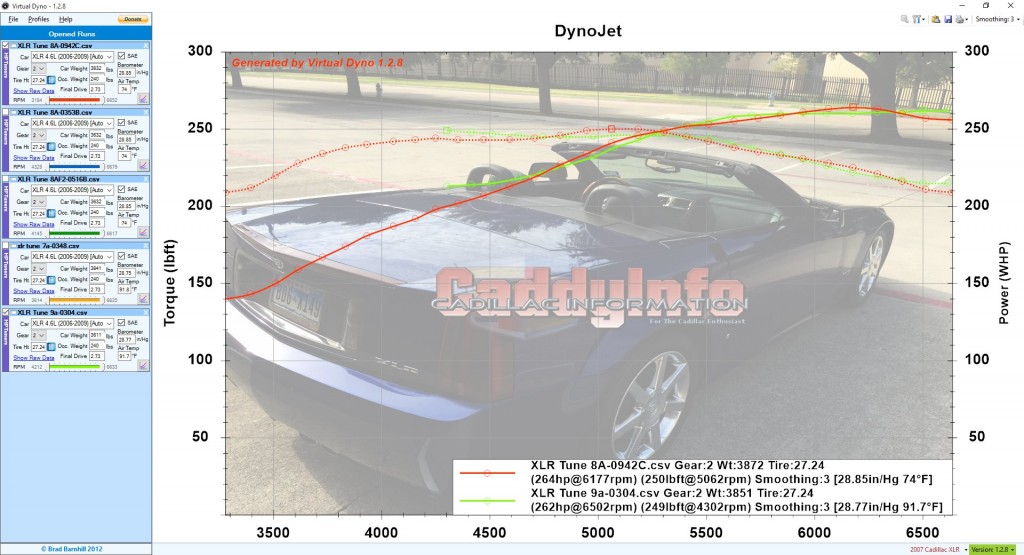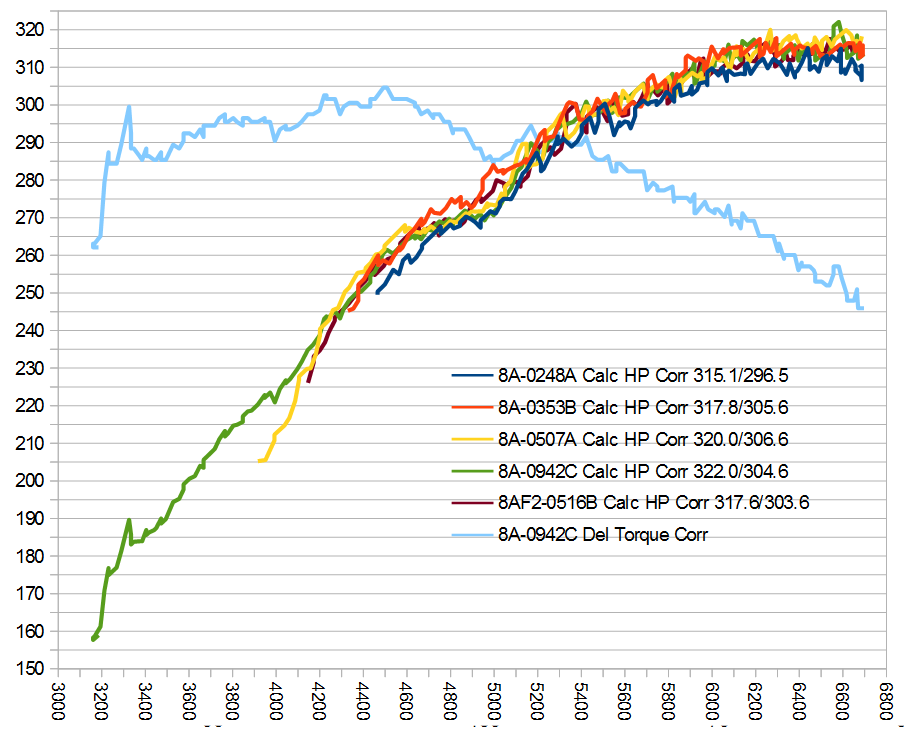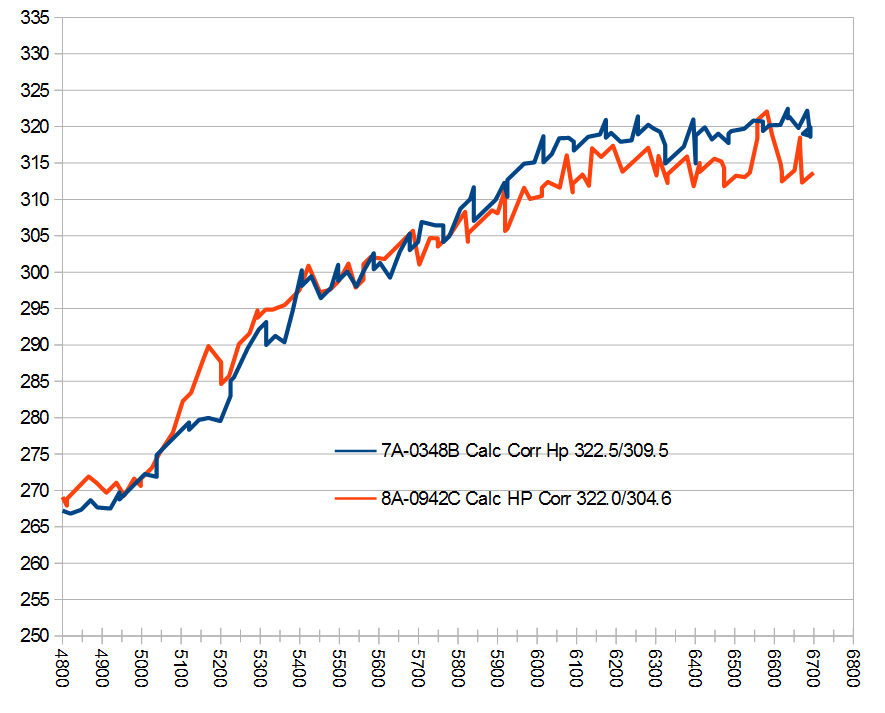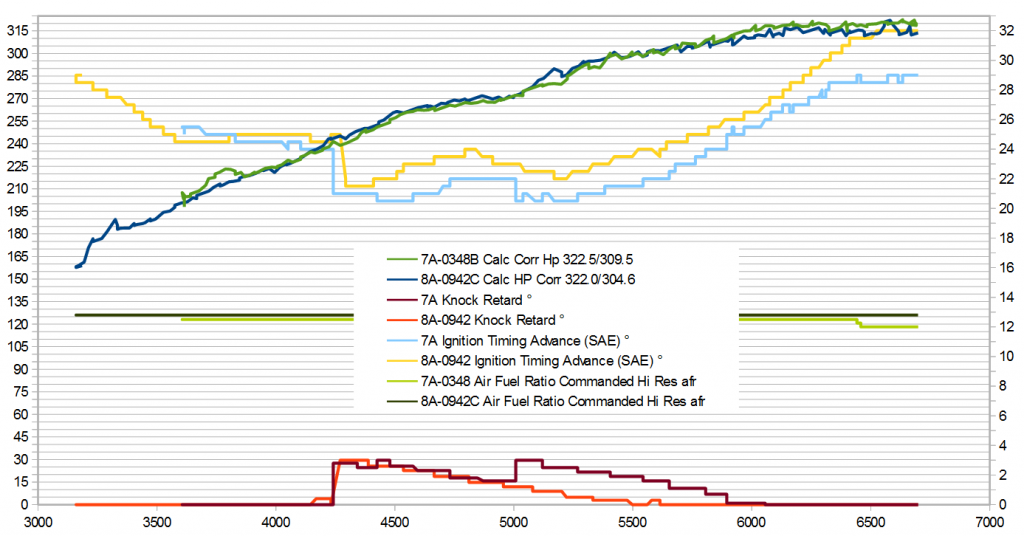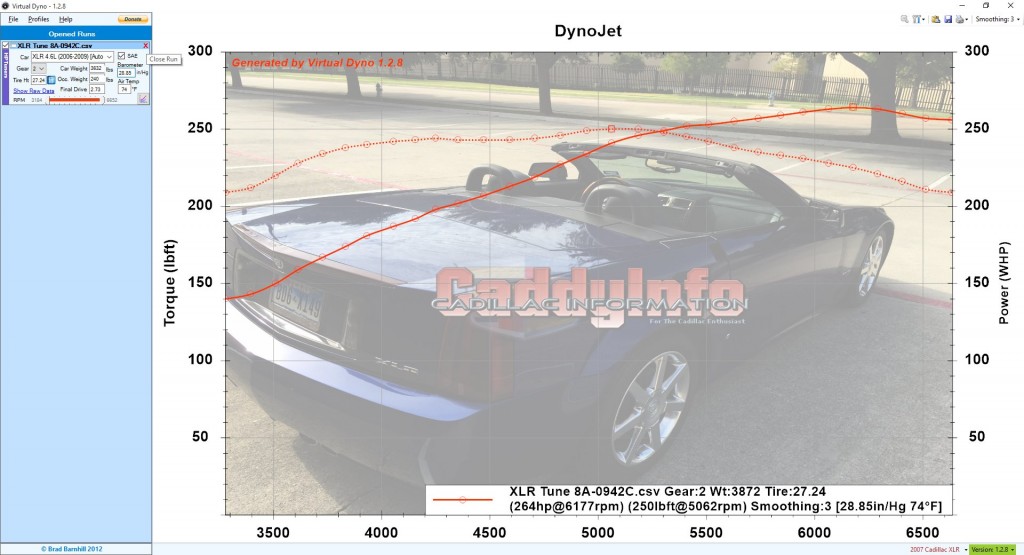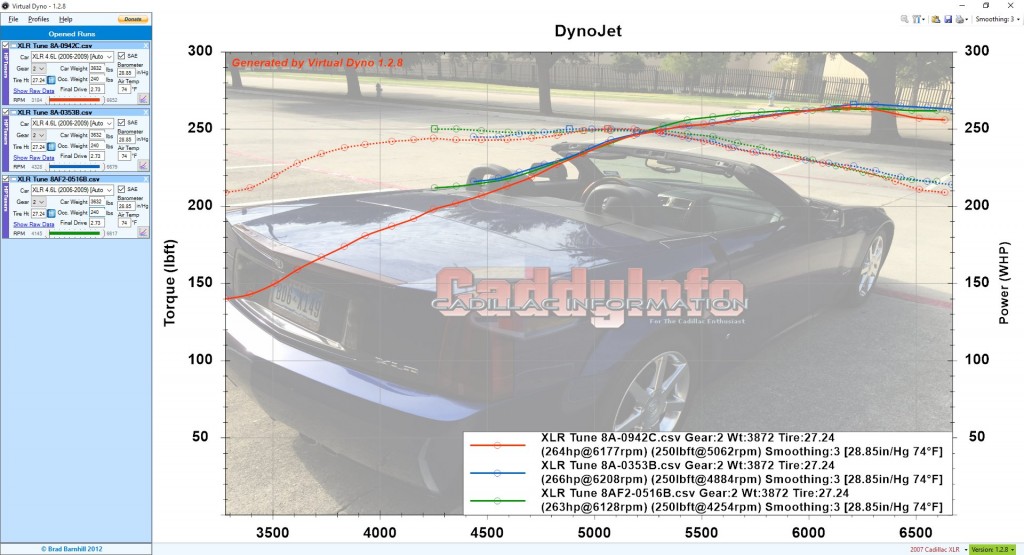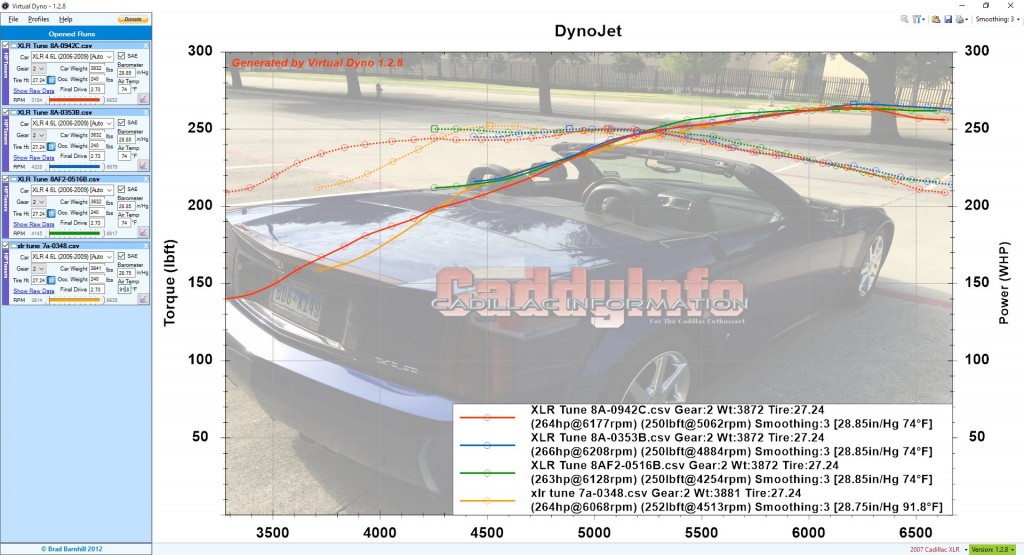
The Cadillac SRX continued to bloom well for Cadillac, leading all models. ATS sales held even, although still well below target. XTS and CTS sales continue to flutter along. Even the ELR was less than its normal 100ish at 36, perhaps a victim of ongoing low gas prices.
| September | (Calendar Year-to-Date) | |||||||
| January – September | ||||||||
| 2015 | 2014 | %Change Volume | 2015 | 2014 | %Change Volume | |||
| ATS | 2,295 | 2,239 | 2.5 | 18,839 | 22,535 | -16.4 | ||
| CTS | 1,319 | 2,282 | -42.2 | 14,253 | 22,921 | -37.8 | ||
| ELR | 36 | 111 | -67.6 | 740 | 885 | -16.4 | ||
| Escalade | 1,628 | 2,290 | -28.9 | 14,977 | 13,705 | 9.3 | ||
| Escalade ESV | 1,181 | 1,228 | -3.8 | 10,153 | 7,647 | 32.8 | ||
| Escalade EXT | 0 | 0 | ***.* | 2 | 50 | -96.0 | ||
| SRX | 6,849 | 3,700 | 85.1 | 50,712 | 41,708 | 21.6 | ||
| XTS | 1,600 | 1,979 | -19.2 | 16,023 | 18,386 | -12.9 | ||
| Cadillac Total* | 14,908 | 13,829 | 7.8 | 125,699 | 127,837 | -1.7 | ||
Summary
SRX total sales were up 85%, and retail sales were up 56%, so a good number went to rental fleets?
The Cadillac Escalade and Escalade ESV have a 31 percent share of the retail market for large luxury SUVs.
GM and Cadillac continue to minimize incentives and keep average transaction prices high, which in the long run will help brand value and vehicle resale value.


